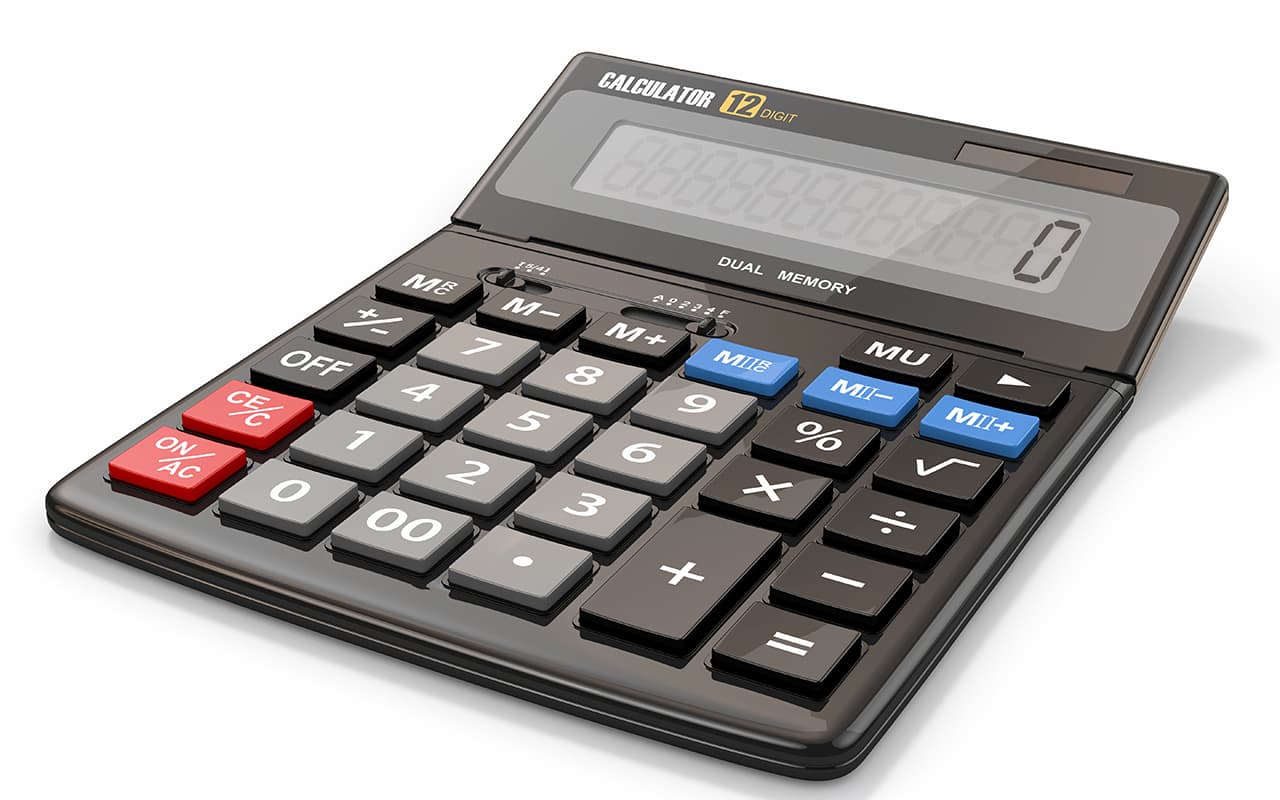
Math Plumbers, Electricians And HVAC Technicians Use On The Job
If a career in the trades as a plumber, electrician, or an HVAC tech sounds interesting, you’ve probably started thinking about the education you’ll need as you prepare for your apprenticeship. Apprenticeships are designed to cover a variety of subjects, including math. In fact, much of what you’ll need to know is taught during the math courses you’ll take in your high school years.
Learn more about apprenticeships and opportunities in the trades here. Meanwhile, check out the list below of the various types of math used frequently in these jobs.
The Foundational Stuff
Every person who works in the trades will regularly work with basic and foundational math. This is the type of knowledge taught in high school core math classes.
- Whole numbers: You’ll need to be able to add, subtract, multiply and divide to order supplies for jobs and track inventory. Whole numbers are also the foundation for measuring, recording and programming tools.
- Fractions and decimals: You’ll be measuring and calculating quantities, as well as selecting tool or even pipe sizes—so you’ll have to be comfortable knowing how to add and subtract numbers that have fractions or decimal points.
- Percentages and equivalent numbers: Are you comfortable knowing that 50% is half of a number? Are you comfortable converting a fraction into a percentage? You’ll be making conversions like this to adjust machine loads or convert decimals to fraction to select the appropriate part or size of a tool.
- Scientific notations: From time to time you’ll have to figure out a square root or multiply a dimension by Pi to calculate the current in a multi-phase motor or determine the right size of a pipe.
- Equations and formulas: In order to use Ohm’s law to check the voltage of a motor or determine where to place holes for an exhaust pipe, you’ll learn how to solve problems using equations with one unknown quantity.
- Rates, ratios, and proportions: These math skills are used to calculate air or water flow rates, as well as to read drawings.
- Measurement conversions: We still tend to use imperial measurements in the US, while the rest of the world uses metric. You’ll learn how to switch back and forth.
- Basic geometry and trigonometry: Using geometric concepts, you’ll learn how to do things like find the center of a room to install a light fixture.
With great hands-on and classroom learning opportunities, your apprenticeship will provide you with a great knowledge base to succeed in your career as a plumber, electrician or HVAC tech! Take this quiz and find out which trade is right for you.